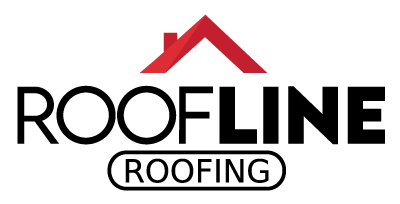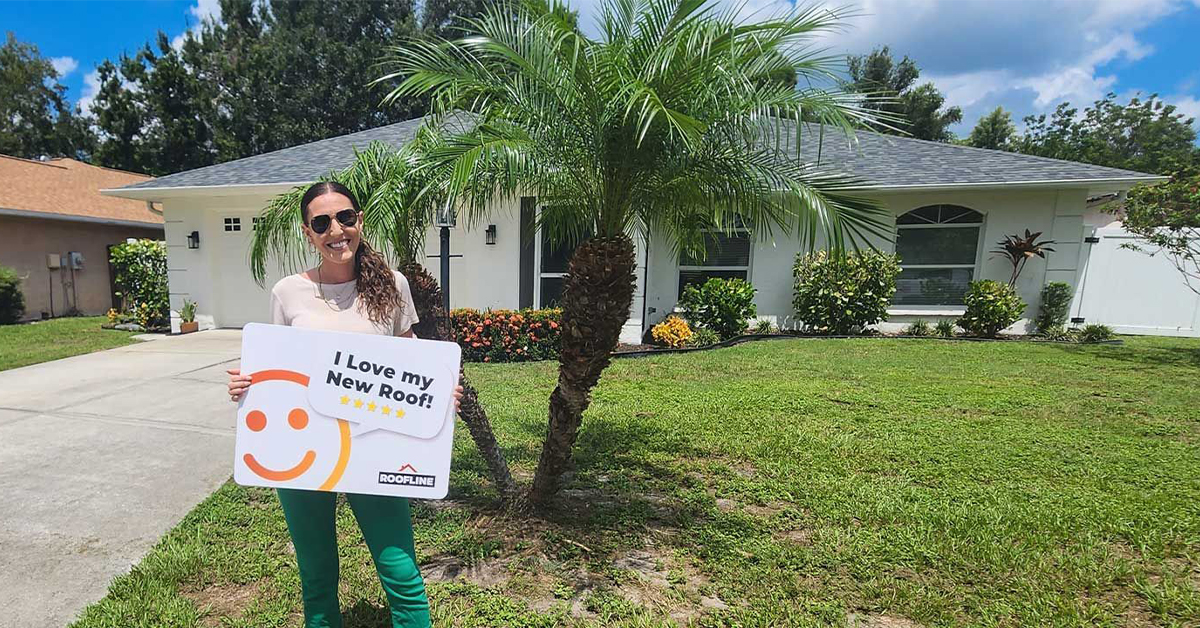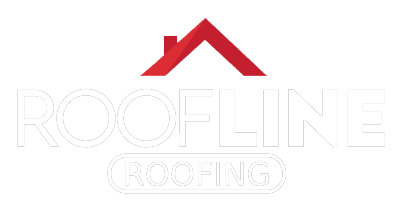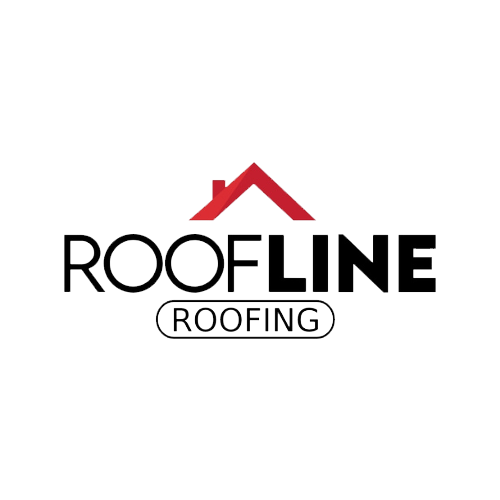Understanding the functional and aesthetic impact of roof pitch is pivotal for homeowners and property managers in South Florida. With the region’s pronounced weather challenges—from heavy rainfall to intense sun exposure—the slope of a roof does more than just contribute to curb appeal; it plays a fundamental role in a property’s durability and efficiency. Roof pitch influences everything from water runoff management and energy efficiency to material longevity and compliance with local building codes. As both residential and commercial properties face these elements, making informed decisions about roof pitch can safeguard investments and ensure a structure’s resilience and visual harmony.
Whether in Sarasota’s Mediterranean-inspired neighborhoods or the modern architectural landscapes of Bradenton, roof pitch is an essential consideration. The right slope can enhance a property’s market value through improved drainage and energy-efficient designs, while simultaneously harmonizing with architectural trends and local environmental demands. Engaging experienced roofing professionals to tailor roof pitch and materials to specific climatic and aesthetic needs is not just wise—it’s crucial. This understanding can dramatically affect the long-term success of roofing projects, blending functionality with beauty to create resilient and attractive properties.
Pitch Defined: How It Influences Roof Performance
Roof pitch may be one of the most underestimated factors influencing roof performance, especially in climates like South Florida’s. The term “roof pitch” refers to the slope of a roof, calculated as the ratio of its vertical rise to the horizontal span. Understanding roof pitch is essential for homeowners and property managers in cities like Bradenton since it can determine how well a roof will perform under specific environmental conditions.
Consider that a steeper roof pitch can effectively manage water runoff. In a study by the Building Science Corporation, roofs with pitches of 4:12 or steeper are generally more effective at shedding water, minimizing the risk of leaks and water intrusion. This is particularly crucial in Bradenton, where heavy rainfall is a common occurrence. The improved drainage can prevent water from pooling, which is known to be a leading cause of roof damage.
But there’s more to roof pitch than just water management. It heavily influences the lifespan of roofing materials. Shingle manufacturers often specify ideal pitch ranges for optimal performance. For example, asphalt shingles, one of the most popular roofing materials, perform best on pitches between 4:12 and 12:12. Any pitch lower than this can require additional underlayment to prevent leaks, an extra expense that areas with particular weather patterns must consider.
The benefits of the right roof pitch extend to energy efficiency. According to a report by the U.S. Department of Energy, the angle of the roof affects solar heat gain. In warm climates like Bradenton, a moderate to steep roof pitch helps reduce energy costs by naturally providing ventilation space. Air can circulate between the roofing material and the roof deck, allowing heat to escape instead of penetrating the house. This natural ventilation becomes crucial during hot seasons when cooling costs spike.
While residential properties benefit from the practical aspects of roof pitch, commercial buildings see advantages as well. Flat roofs are common in commercial design due to the additional space they provide for HVAC equipment and, sometimes, solar panels. However, completely flat roofs are rare. Even these designs include a slight pitch, typically between 1/4:12 and 1/2:12, to ensure proper drainage and prevent water from accumulating.
In Bradenton, flat and low-slope roofs often require more maintenance to ensure that drainage systems remain unclogged and functional. An essential task for property managers is to schedule regular inspections, addressing blockages in scuppers or drains before they exacerbate water pooling. An otherwise simple maintenance routine can significantly extend the roof’s service life and maintain insurance compliance, which often hinges on such upkeep being substantiated.
For those considering roof replacements or new installations, consulting with a roofing professional knowledgeable in local weather patterns is invaluable. The right advice can ensure you select a suitable pitch and corresponding materials. A report by the National Association of Home Builders highlights that a well-pitched roof can last two to three times longer than one with an inappropriate slope, emphasizing the importance of expert guidance.
Beyond installation and maintenance, homeowners and commercial property managers can also invest in roof coatings specially formulated to enhance the performance of roofs with specific pitches. These coatings can offer additional protection against UV radiation and minimize heat absorption, which is especially beneficial in the year-round sun exposure typical of South Florida.
Ultimately, the roof pitch is a crucial determinant of a roof’s ability to perform effectively and efficiently. By understanding its impact, homeowners and property managers in Bradenton can ensure long-term performance and durability, protecting against the elements while also optimizing energy efficiency. Taking the time to understand your roof’s pitch can lead to informed decisions that safeguard your property and your pocketbook over time.
Aesthetic Implications: Design and Style Considerations
The architectural appeal of a property largely depends on its roof pitch, an aspect often overlooked by homeowners considering renovations or new constructions. Roof pitch aesthetics in Sarasota, for example, play a pivotal role in aligning with both historical architecture and modern design trends. The visual harmony achieved through thoughtful roof pitch selection not only enhances curb appeal but also increases property value.
One of the notable elements marked by roof pitch is how it affects the overall silhouette of a structure. In Sarasota, where Mediterranean and Spanish-style homes are popular, steeper pitches contribute to their signature, elegant look. These style choices are evident in neighborhoods where the rooflines reflect traditional aesthetics, characterized by clay tiles and gracefully sloped roofs reminiscent of historic Spanish architecture.
In contrast, modern architectural styles often prefer low-slope or flat roofs. These styles, while minimalistic, demand a meticulous approach to details. For contemporary designs, integrating a gentle pitch supports the aesthetics by providing clean lines and a seamless transition from urban landscapes to tropical surroundings. Not only can this approach add a touch of modern sophistication, but it also offers practical advantages for integrating solar panels or rooftop gardens—features increasingly sought after by eco-conscious buyers in Sarasota.
Interestingly, empirical evidence highlights that the aesthetic preferences of potential buyers can sway market value. A study by the National Association of Realtors found that homes with architecturally appealing roofs can sell for an average of 6-8% more than those with less considered designs. Choosing a roof pitch that complements the architectural style of the property can thus be a wise investment.
Another point of consideration is how roof pitch intersects with local environmental factors—something particularly pertinent in Sarasota’s climate. Aesthetic aspects aren’t just about visual appeal, but also about how different styles function in response to environmental conditions. While steeper pitches excel at water management through efficient rainwater runoff, they also create distinctive spatial dynamics within homes. For instance, steeper roofs can incorporate vaulted ceilings, which not only foster an illusion of space but also enhance natural lighting.
Conversely, flatter roofs, despite their modern charm, have unique challenges in terms of water drainage that necessitate well-designed proportions and detailed planning. These aspects highlight how roof pitch aesthetics are intertwined with practical outcomes, necessitating a balance between style and function.
The material is another crucial consideration when aiming for both aesthetic and functional excellence. In Sarasota, the integration of traditional terracotta tiles contrasts sharply with the sleek, industrial finishes of steel or wood, dependent on the overall design objective. Each material especially complements certain pitches more effectively: shingles or tiles work well on steeper slopes while sheet metal can be optimal for low-slope roofs. Understanding these pairings ensures that aesthetics and longevity are mutually supportive.
Lastly, community regulations sometimes guide pitch and design considerations. Many residential areas maintain oversight boards that set standards for neighborhood consistency, affecting roof style decisions. Sarasota homeowners should thus keep local guidelines in mind when planning renovations since community harmony can heavily influence both personal living satisfaction and property marketability.
Ultimately, paying attention to roof pitch aesthetics allows homeowners and designers to create visually captivating structures in Sarasota that respect tradition while embracing innovation. Such considerations ensure properties don’t just stand out visually but are also attuned to practical needs, resulting in a harmonious blend of beauty and function.
Practical Aspects: Drainage and Weather Resistance
Drainage and weather resistance are integral components of efficient roof design, particularly in areas like Longboat Key, where the climate poses specific challenges. A well-considered roof pitch drainage system can significantly impact a property’s ability to withstand heavy rain and powerful storms common to the region. Ignoring these practical aspects could lead to roof failures, costly repairs, or more severe, widespread damage.
The role of roof pitch in drainage is particularly crucial on Longboat Key because the island is vulnerable to tropical storms and hurricanes. Steeper pitches are often more effective at directing water away from the roof. They leverage gravity to move water quickly and efficiently towards gutters and downspouts. In practical terms, a roof pitch of 4:12 or greater is frequently recommended in such climates to minimize the chances of water pooling. Pooled water is a primary risk factor for leaks and structural damage, underscoring the need for proper roof pitch.
While designing or maintaining roofs, attention must also be given to the materials used for gutter systems. High-quality materials, such as aluminum or copper, provide durability and are resistant to rust, a key consideration when dealing with salt-laden air along coastal regions. Ensuring gutters have the correct gradient to facilitate swift water flow is equally essential to prevent any backflow or blockages.
Maintenance plays a vital role in upholding a roof’s drainage capabilities. Regular cleaning of gutters and downspouts to remove leaves, sand, and other debris helps maintain optimal water flow. It’s advisable for property managers and homeowners to have a routine maintenance schedule, especially ahead of Florida’s intense rainy seasons. This proactive approach can save on potential costs related to water damage and keep the roof in peak performance condition.
Besides drainage, a roof’s pitch impacts its weather resistance, particularly concerning wind uplift during storms. Roofs with steep pitches can offer less wind resistance, which can be advantageous in storm-prone areas. Conversely, low-pitch roofs, while providing a broader surface for wind to catch, can resist uplift better with appropriate design enhancements, such as roof tie-downs or the use of metal roofing systems known for their durability and resistance to high winds.
For commercial properties, especially with flat or low-slope designs, integrating features like tapered insulation can assist in water runoff. This practice involves gradually increasing the insulation thickness, promoting effective drainage towards designated points, reducing the risk of water-related issues. Flat roofs should also incorporate multiple drainage systems to ensure redundancy and accommodate excessive water loads during particularly heavy rainfall.
In summary, a well-considered approach to roof pitch and drainage doesn’t merely improve weather resistance; it prolongs the roof’s lifespan and enhances overall property resilience. These practical measures are not just beneficial in maintaining aesthetics and architectural integrity but also serve as critical defenses against the demanding climate challenges of Longboat Key.
You might be asking
How does roof pitch affect the architectural design of a home?
Roof pitch plays a crucial role in defining the aesthetic appeal and architectural style of a home. A steeper pitch often complements traditional styles like Victorian or Gothic designs, creating a sense of grandeur. In contrast, a flatter roof pitch is commonly seen in modern or minimalist designs, offering a sleek and contemporary look. The choice of roof pitch can influence not only the home’s appearance but also its compatibility with the surrounding environment.
Are there practical benefits to having a steeper or flatter roof pitch?
Yes, there are practical benefits to both steeper and flatter roof pitches. A steeper roof pitch can improve the lifespan of the roof by facilitating quicker shedding of snow and rain, reducing the risk of water damage. It can also offer additional attic space and improved ventilation. Meanwhile, a flatter roof pitch can be more cost-effective, simpler to construct, and ideal for certain climates where heavy snowfall is not a concern. It can provide additional space for installations like solar panels or rooftop gardens.
What impact does roof pitch have on drainage and water runoff?
Roof pitch significantly impacts drainage and water runoff. Steeper pitched roofs allow for more effective water runoff, preventing the accumulation of water that could lead to leaks, mold, or structural damage. The increased gravitational pull ensures that water is directed quickly away from the roof surface and into gutters. Flatter roofs require more precise drainage systems to manage water runoff properly, as water tends to accumulate more easily, increasing the risk of damage if not adequately addressed.
Next Steps
Understanding the role of roof pitch in both aesthetics and functionality is a strategic step for property owners looking to marry beauty with durability. Enhancing your property’s roof pitch can not only offer immediate aesthetic benefits but also significantly boost its long-term resilience against unique climate challenges found in South Florida. Prioritizing pitch alongside material choice can ensure your roof stands as a steadfast protector against elements such as rain and wind, all while maintaining architectural appeal.
For those contemplating roof renovations or replacements, professional consultation can be the key to unlocking these benefits. Roofline Roofing offers knowledgeable insights on selecting the right pitch and materials, tailored to the specific challenges and style preferences of your property. A free consultation can provide clarity on your options, ensuring your roof not only complements your home or commercial property visually but also performs effectively in its protective role.
Contact Us
Use the form below to contact us or to schedule a free consultation.
I would highly recommend Roofline Roofing for any roofing needs. As a fellow business owner, their professionalism and efficiency stood out. They provided quality service, completed the job on time, and their pricing was fair. Very satisfied with their work!
-- Logan L.




